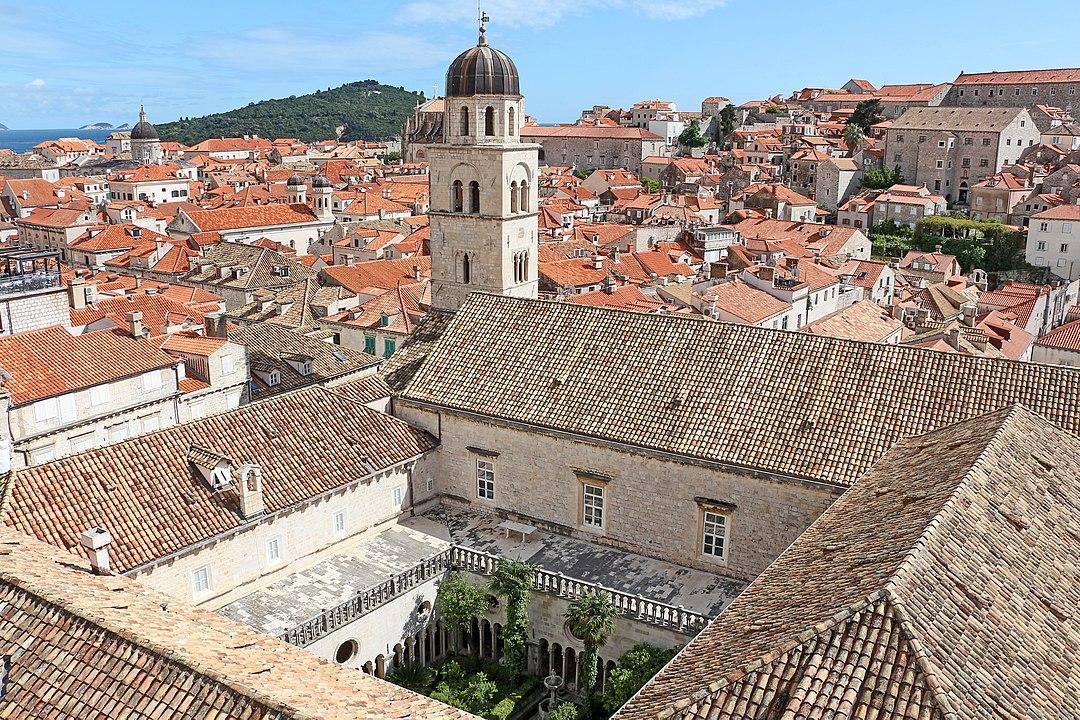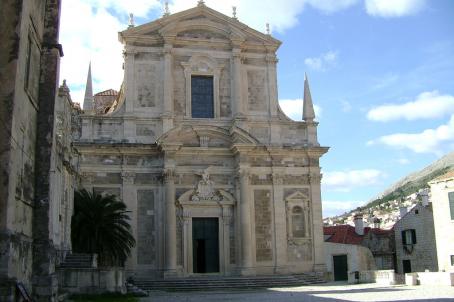Franciscan Monastery, Dubrovnik
The Franciscan monastery in Dubrovnik was built in the 14th century, shortly after the religious order settled in the city. Today it is one of the most beautiful historical places of worship with its combination of different styles and also houses a museum dedicated to the history of the order.
About this building
The portal of the south wall, in a marked Gothic style but with Renaissance overtones, is the only element that has been preserved almost intact to the present day. The northern cloister was built in the late Romanesque style by master Mihoje Brajkov of Bar in 1360. The old monastery was severely damaged by the earthquake of 1667.
The monastery owns one of the richest old libraries in Croatia, with a collection of over 70.000 books. The Monastery Museum exhibits a collection of objects that take the visitor on a journey through the history of the convent, the order and its famous pharmacy, which has been in continuous operation since 1317.




